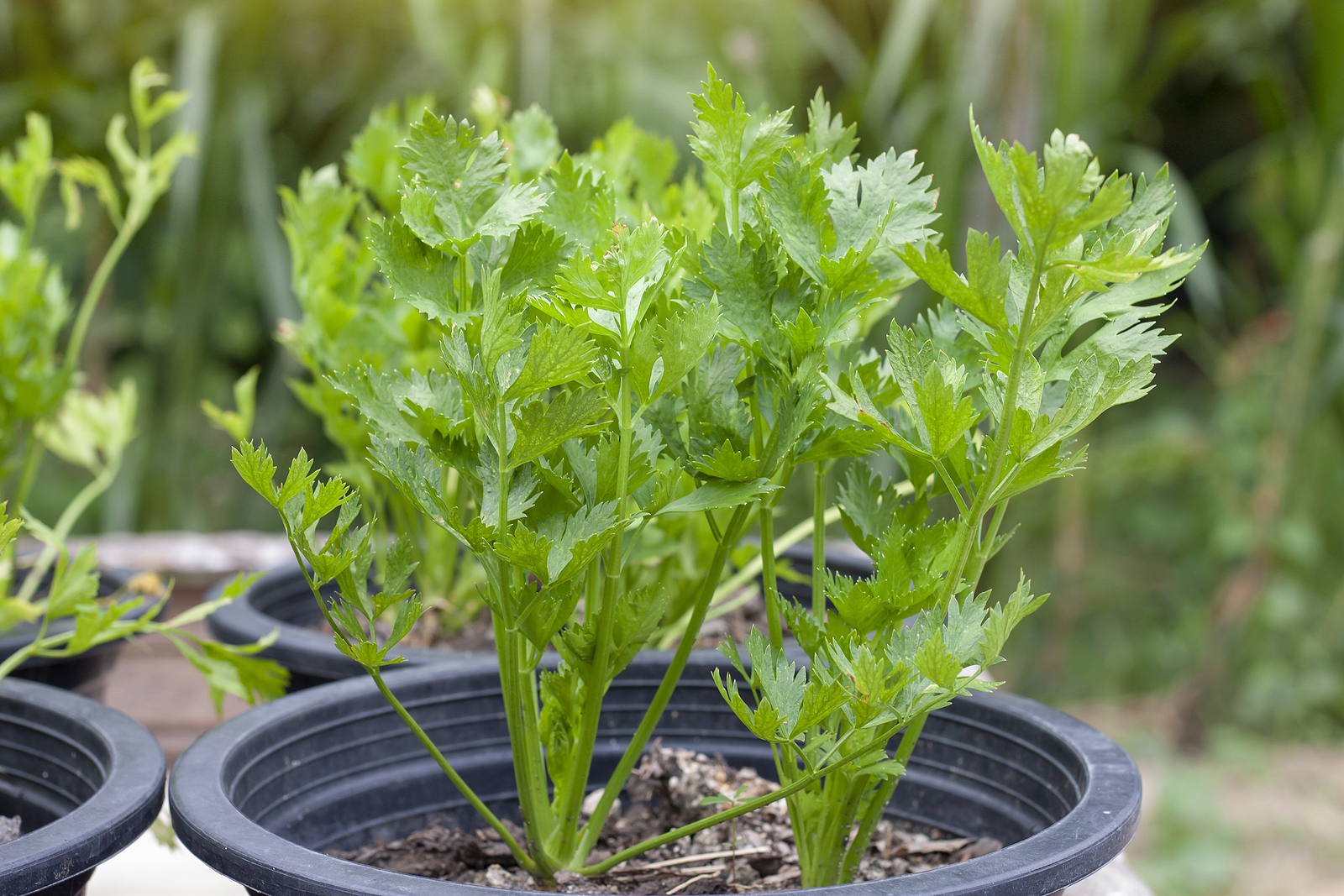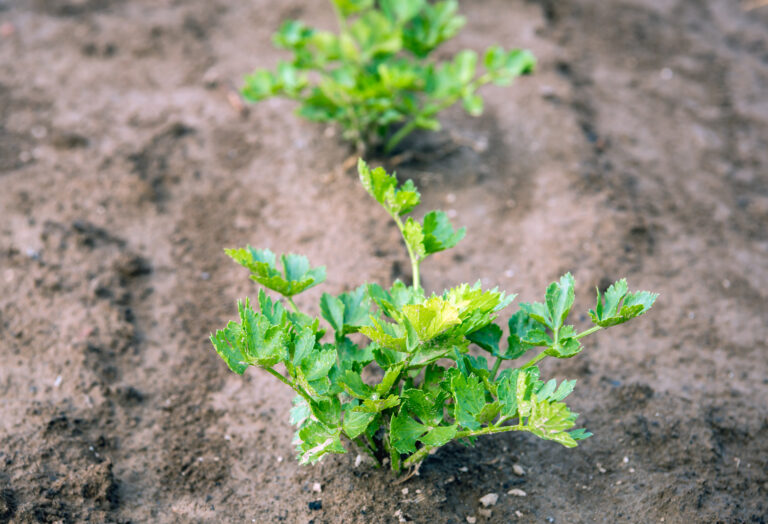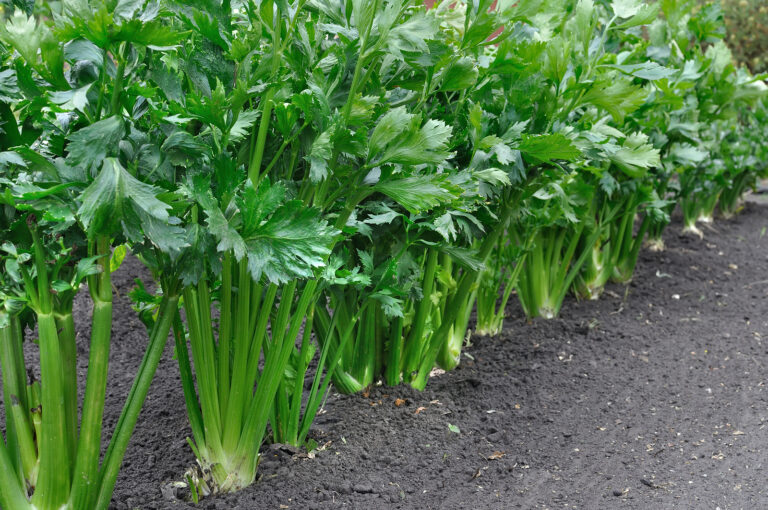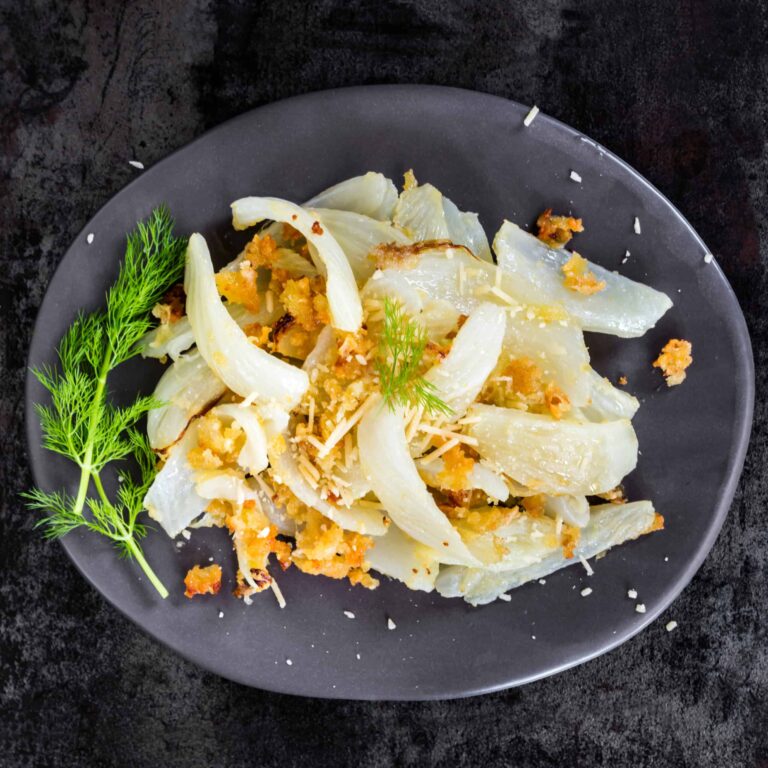The Best Companion Plants for Celery and What to Avoid
Companion planting has always been one of my favorite ways to boost the health and yield of my vegetables. After decades of gardening, I’ve seen firsthand how the right companions help celery thrive by deterring pests, improving soil, and even enhancing flavor. But not all plants make good neighbors—some compete for nutrients or attract pests that celery can’t handle. Let’s look at the best companion plants for celery and which ones you should avoid.
Why Companion Planting Matters for Celery
Celery is a heavy feeder with shallow roots. It thrives in moist, nutrient-rich soil but is vulnerable to pests like aphids, leaf miners, and slugs. Good companions can:
- Attract beneficial insects that prey on celery pests.
- Provide light shade to keep soil moist.
- Improve flavor and growth through soil balance.
- Reduce competition from weeds.
The Best Companion Plants for Celery
Onions, Leeks, and Garlic
Alliums help deter aphids, carrot root flies, and other common celery pests. Their strong scent acts as a natural repellent.
Cabbage Family (Broccoli, Kale, Brussels Sprouts)
These leafy crops grow tall and wide, helping shade celery’s shallow roots and maintain soil moisture.
Tomatoes
Tomatoes help deter aphids and provide light shade. I often plant celery between tomato rows for efficient use of space.
Beans and Peas
Legumes fix nitrogen in the soil, providing celery with extra nutrients for steady growth.
Nasturtiums and Marigolds
These flowers act as trap crops, luring aphids away from celery while also attracting pollinators and beneficial insects.
Dill and Other Herbs
Dill attracts parasitic wasps and hoverflies, which control aphid populations. Plant herbs nearby but not so close that they crowd celery.
Plants to Avoid Near Celery
Corn
Tall corn competes heavily for water and nutrients, leaving celery stunted.
Parsley and Carrots
These are celery’s close relatives in the Apiaceae family. Growing them side by side encourages pest and disease buildup.
Potatoes
Potatoes are heavy feeders and compete with celery for nutrients. They may also increase the risk of fungal diseases.
Turnips and Rutabagas
These root crops don’t mix well with celery, often crowding it and draining soil nutrients too quickly.
My Experience Tip
I’ve had my best celery harvests when interplanting with leeks and marigolds. The leeks keep aphids away, and the marigolds attract beneficial insects, all while making the garden more colorful.
Final Thoughts
Celery grows best when surrounded by supportive companions like onions, tomatoes, beans, and herbs. Avoid planting it near heavy feeders or close relatives that invite pests and diseases. With smart companion planting, you can grow healthier, more flavorful celery with fewer problems naturally.
Celery Companion Planting Chart
| Plant | Benefit or Drawback | Notes |
|---|---|---|
| Onions, Leeks, Garlic | Repel aphids and pests | Strong scent masks celery, reducing insect pressure |
| Cabbage family (broccoli, kale, Brussels sprouts) | Provide shade, conserve soil moisture | Pair well with celery’s shallow roots |
| Tomatoes | Repel aphids, light shade | Plant celery between tomato rows for efficiency |
| Beans and Peas | Fix nitrogen, enrich soil | Help feed celery’s nutrient needs |
| Nasturtiums, Marigolds | Attract beneficial insects, trap aphids | Add color while protecting celery |
| Dill and Herbs | Attract pest predators | Plant nearby, but avoid crowding celery |
| Corn | Competes for nutrients and water | Avoid planting near celery |
| Parsley and Carrots | Attract shared pests and diseases | Both belong to the Apiaceae family |
| Potatoes | Compete for nutrients, increase disease risk | Heavy feeders that stunt celery |
| Turnips, Rutabagas | Compete for nutrients and space | Not good companions for shallow-rooted celery |
Celery Growing Hub
Start here: The Ultimate Celery Growing Guide: From Seed to Harvest
Celery Basics & Types
- Types of Celery Explained: Pascal, Leaf, and Celeriac Compared
- Best Celery Varieties for Home Gardeners
- Celery vs. Celeriac: Growing, Harvesting, and Cooking Differences
- What You Should Know About Celery Pollination
Planting & Site Prep
- When to Plant Celery by USDA Zone
- Celery Seed Starting Tips
- Direct Sowing Celery: Outdoor Seed Starting Guide
- Proper Celery Spacing and Planting Layout for Healthy Growth
- The Best Companion Plants for Celery and What to Avoid
- How to Grow Celery in Containers or Pots
Care & Maintenance
- How to Water Celery for Crisp, Tender Stalks
- Fertilizing Celery: Feeding Tips for Bigger, Tastier Stalks
- Celery Blanching Techniques: How to Get Tender, Mild Stalks
- Celery Care Throughout the Growing Season
Pests & Diseases
- Common Celery Pests and Diseases How to Control Them Naturally
- Celery Growing Problems: Troubleshooting
Harvest & Beyond







